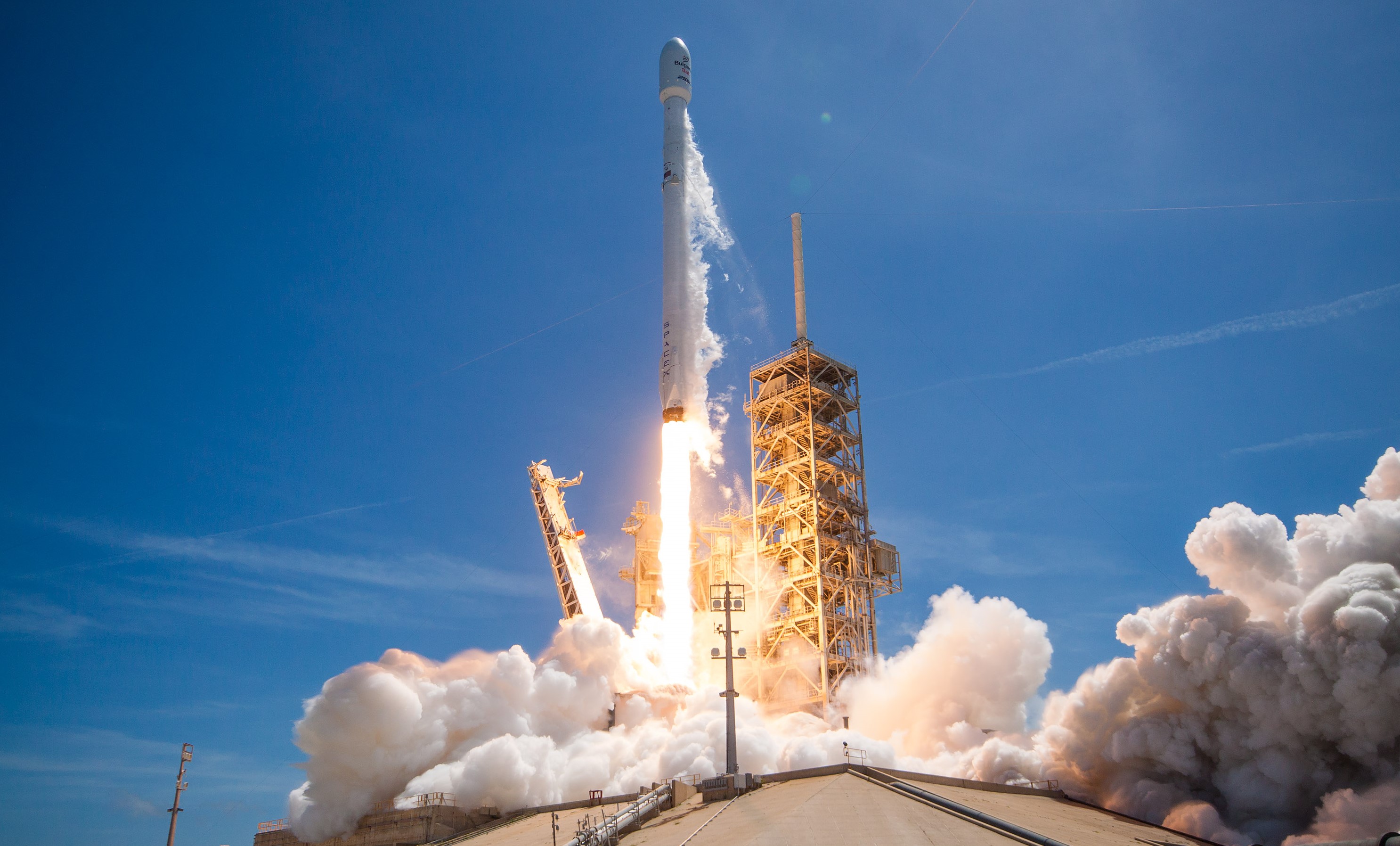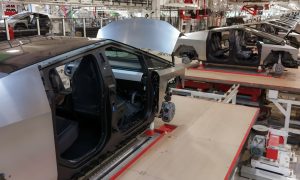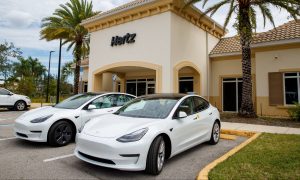Weekly rapid reuse launches expected by 2019
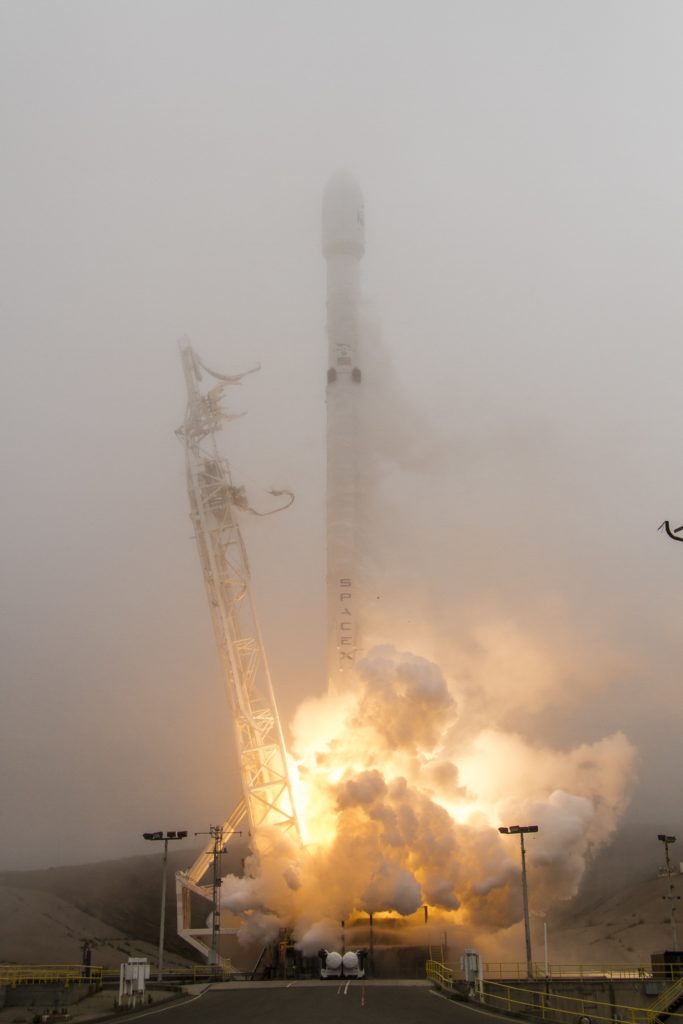
The foggy, atmospheric launch of Iridium-2 just yesterday. (SpaceX)
Following a weekend of extraordinary accomplishments, seeing SpaceX flawlessly execute two missions – one with a reused first stage – in just over 48 hours of each other, the company has capitalized on a uniquely successful weekend and year and offered information about their future plans.
The launch of BulgariaSat-1 and Iridium-2 on Friday and Sunday respectively marked the eight and ninth launches of 2017 for SpaceX, and officials at the company are reportedly expecting to launch approximately 24 missions this year, meaning 15 more to come over the next 6 months. Given the recent demonstration of 48 hour launch cadence and a more regular schedule of biweekly launches in the past few months, an expectation of 15 more launches for 2017 lines up perfectly with a cadence of two launches a month from LC-39A Cape Canaveral and three Iridium launches from Vandenberg, which happens to be exactly what is currently manifested.
Originally manifested for up to 27 launches this year, successfully launching 24 missions, one of which might be the inaugural flight of Falcon Heavy, would be extraordinarily hard to ignore in an industry that has compared the launch industry to manufacturing beverage containers and argued that reuse is only sustainable with more than 20 launches a year on a company’s manifest.
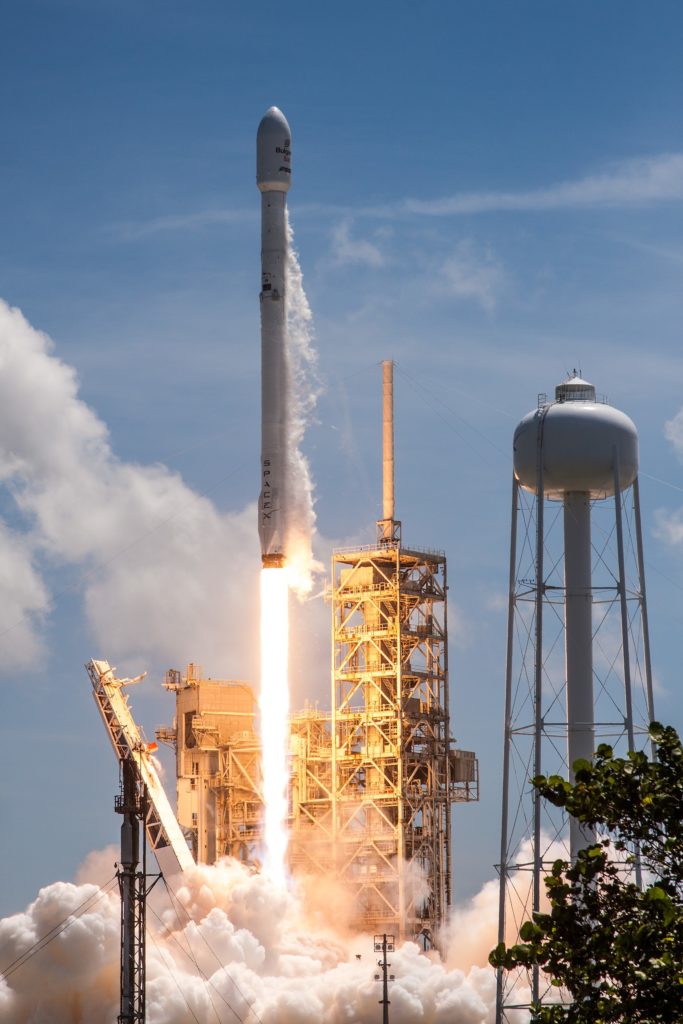
BulgariaSat-1 was successfully launched 48 hours before Iridium-2, and marked the second successful, commercial reuse of an orbital rocket. (SpaceX)
SpaceX is now likely to undertake 24 launches this year, but the company also revealed this weekend that it intends to achieve a regular weekly launch cadence (52 launches per year) as soon as 2019. In a recent article, I speculated that we might begin to see regular weekly launches once both LC-39A and LC-40 were active, and that appears to be nearly correct. If SpaceX is to regularly conduct weekly launches by 2019, it is bound to begin shrinking its two week cadence as soon as is safe and possible. This will likely occur once Falcon Heavy has successfully flown several times from LC-39A, thus freeing SpaceX to deem the vehicle operational and less at risk of destroying one of their two Eastern pads.
There is also a tentative understanding that SpaceX is striving to construct and activate their planned Boca Chica, Texas launch complex by 2019. The successful reactivation of LC-40 and subsequent modification of LC-39A for Falcon Heavy will leave the brunt of SpaceX’s launch complex maintenance and construction teams free to focus entirely on the Texas facility sometime late this year or early next year, meaning that Boca Chica pad activation could certainly occur as early as 2019. This would leave the company with two fully operational all-purpose launch pads dedicated to Falcon 9 launches if they choose to retain LC-39A solely for Falcon Heavy and Commercial Crew launches, allowing them to reach weekly cadences even before the launches of Falcon Heavy, Commercial Crew contracts, and Vandenberg launches are accounted for.
One crucial factor playing into SpaceX’s ability to launch 52 times in a year is of course reusability, as it is hard to imagine SpaceX more than doubling their Falcon manufacturing capabilities in under a year and a half. Likely no coincidence, SpaceX simultaneously offered information to insurance underwriters about the increasing speed of their ability to launch, recover, and reuse first stages. More specifically, a spokesman of the company stated that the reuse of BulgariaSat-1’s Falcon 9 1029 took considerably less than half as long as the inaugural reuse of the stage that launched SES-10 earlier this year, implying that refurbishment and quality assurance checks for 1029 took something like four or five months total.
With SpaceX having debuted new titanium grid fins intended to speed up reuse on the Sunday launch of Iridium-2, the company is well on its way to transferring over to Block 4 (upgraded engine performance) and possibly Block 5 of Falcon 9 later this. Block 5 is expected to introduced major changes meant to replace aspects of the current Falcon 9 that require major refurbishment after recovery. Musk detailed these changes several months ago in a Reddit AMA (Ask Me Anything), mentioning that reusable heat shielding around the engines, improved landing legs, and titanium grid fins were the main aspects of a Block 5 of Falcon 9 meant to offer rapid reuse without refurbishment. In June 22nd interview on the Space Show, Gwynne Shotwell reiterated that this “final” version of Falcon 9 is expected to be able to launch, land, and relaunch with barely more than a thorough once-over, and ought to be capable of flying a dozen missions at least.
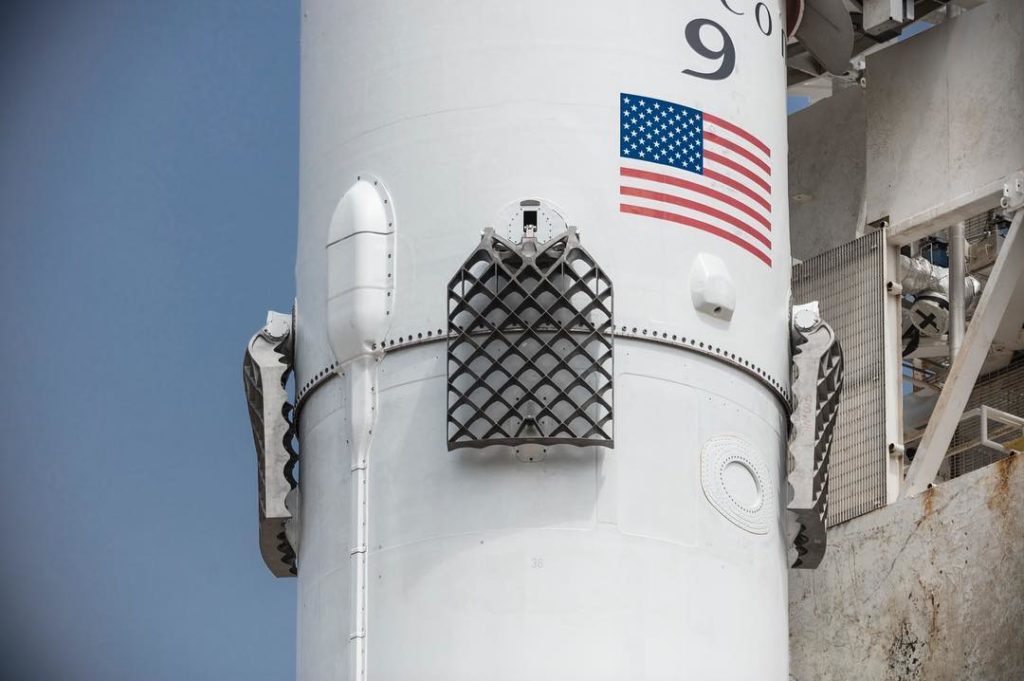
Falcon 9’s fancy new titanium grid fins. (SpaceX/Instagram)
This final piece of the puzzle of weekly cadence fits in quite nicely. With a possible introduction date for Block 5 of late 2017 or early 2018, SpaceX will likely end production of Block 3 by the end of this year and transfer over entirely to the easily reusable Block 5. Assuming a continuing a trend of increasingly reuse-friendly customers, Hawthorne production capacity of approximately 20 Falcon 9s per year, and a plausibly significant reduction in launch costs due to more rapid and complete reuse, SpaceX could find themselves at the start of 2019 with a dozen or more launch vehicles that are each capable of conducting upwards of 10-12 highly affordable launches each.
Let there be no doubt: these are incredibly optimistic and difficult goals for the company to achieve on the timescale they have provided. However, given the number of beneficial changes likely to soon be made to both the launch vehicles and SpaceX’s manufacturing, launch, and refurbishment facilities in the next 6-12 months, those goals are realistically achievable, albeit with some likely delays. Regardless, things are beginning to get rather intense for SpaceX and for the launch industry in general.
Keep your eyes peeled for upcoming Teslarati coverage of SpaceX’s next July 4th launch and its static fire that is scheduled for as soon as this Thursday.

